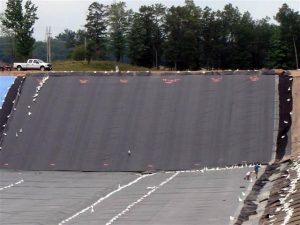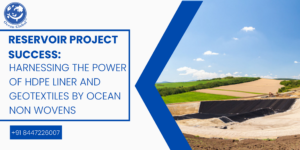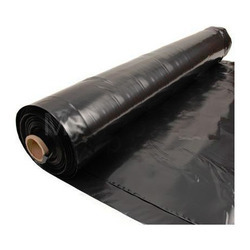Waste Management Project at Jharkhand Koderma – Case Study

Waste management is a big issue all over the world. Inadequate treatment of generated solid waste poses major environmental and human health risks. This global issue is equally prevalent in Jharkhand Koderma. This case study was conducted to identify the challenges and opportunities associated with Waste in Jharkhand Koderma. A thorough investigation was conducted into the collection, transportation, handling, storage, disposal, and treatment of solid waste generated in the city of Jharkhand Koderma. Site visits and contact with individuals were used to collect data relating to Waste Management. This study reveals that the city lacks an appropriate method for treating solid waste generated, which leads to waste being dumped in open places, causing different problems for the environment as well as persons living in the area.
India suffers significant environmental issues as a result of garbage generation and insufficient waste collection, transportation, treatment, and disposal. India’s current waste management systems are unable to cope with the increased amounts of trash generated by an expanding urban population, posing a threat to the environment and public health. The obstacles and challenges are substantial, but so is the potential.
Product – Geotextile – 23200sqm
Location – Jharkhand Koderma
Problem
Despite tremendous progress in the areas of social, economic, and environmental development, India’s waste management systems have remained mostly intact. With about 90% of residual garbage typically discarded rather than properly landfilled, the informal sector plays a critical role in extracting value from waste. There is a pressing need to transition to more sustainable Sustainable waste management, which necessitates the development of new management systems and waste management facilities. Waste has a significant impact on public health, the environment, and the economy, and current Sustainable waste management systems are inefficient.
Koderma is a city in Jharkhand noted for its many oars and abundant minerals, with mica and coal being the most common minerals found in this industrial town. The municipal corporation determined that the city lacked scientific solid waste management and that the current dumping site was overburdened. The initiative was started by the Jharkhand government to enhance solid waste disposal, reduce health and environmental hazards, and improve the aesthetics of solid waste management. The collection of garbage, transportation, recycling, processing, and disposal of urban waste created by residences, streets, stores, and workplaces was thus the focus of the waste management initiative.
Solution
Landfills, particularly landfills for municipal solid waste, are frequently misunderstood. These highly constructed buildings, and the engineering project teams involved in their construction, are commonly referred to as “dumps,” and they do not receive the respect they deserve. The modern state-of-the-practice landfill, formerly the major choice for Waste disposal, nevertheless has the stigma of poorly planned and operated predecessors that led to serious environmental concerns.
In comparison to typical clay liners, geotextiles give technical and economic benefits in landfills. If incorrectly built and/or constructed, it may cause stability issues and potentially lead to landfill failure due to its low interface or internal shear strength. Transitional failure involving waste and bottom liner (deep-seated failure) or merely final cover system failure is the most common failure mechanism in geosynthetic-lined landfills.
Due to its various purposes, superior hydraulic qualities, ease of installation, and cost savings, geosynthetics are most widely utilized in solid waste dumps to protect surface water and groundwater. Non-woven geotextile, woven geotextile, geogrid, geomembrane, geocells, geosynthetic clay liner (GCL), geonet, geocomposite, and other geosynthetics are employed in landfills, and each geosynthetic kind performs a specific role. Separation, drainage, filtration, hydraulic barrier, gas barrier, and protection are some of the roles that a geosynthetic system can perform at a landfill.
Geotextile liners have good chemical resistance, remarkable stress cracking ability, low permeability, exceptional UV resistance, and low-temperature brittleness resistance, as well as anti-seepage qualities. Geotextile is the most extensively utilised anti-seepage bottom pond lining and covering material for a wide range of applications, including landfills, biogas digesters, sludge and sewage treatment plants, and animal dung evaporation ponds.



